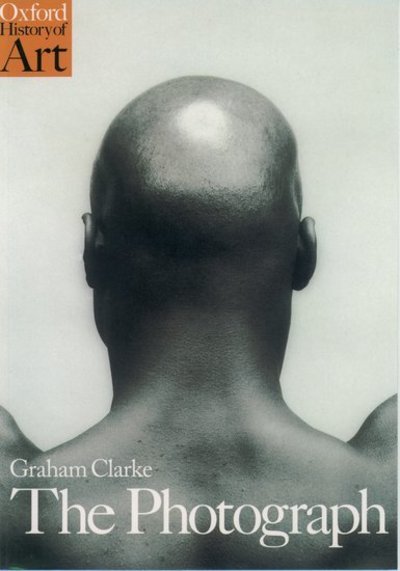
From the first misty `heliograph' taken by Joseph Nicephore Niepce in 1826 to the classic compositions of Cartier-Bresson and Alfred Steiglitz, to the striking postmodern strategies of Robert Mapplethorpe, Cindy Sherman and Victor Burgin, the history of photography is a record of dazzling and penetrating images. But photographs are also the most pervasive images of our time, infinite in their capacity to record and make moments significant, granting status to everything they touch. So how do we read a photograph? In a series of brilliant discussions of major themes and genres, Graham Clarke gives a clear and incisive account of the photograph's historical development, and elucidates the insights of the most interesting thinkers on the subject such as Roland Barthes and Susan Sontag. At the heart of the book is his ground-breaking examination of the main subject areas - landscape, the city, portraiture, the body, and reportage - and his detailed analysis of exemplary images in terms of their cultural and ideological contexts.
| ISBN: | 9780192842008 |
| Publication date: | 10th April 1997 |
| Author: | Graham Clarke |
| Publisher: | Oxford University Press an imprint of OUP OXFORD |
| Format: | Paperback |
| Pagination: | 247 pages |
| Series: | Oxford History of Art |
| Genres: |
History of art Photography and photographs |